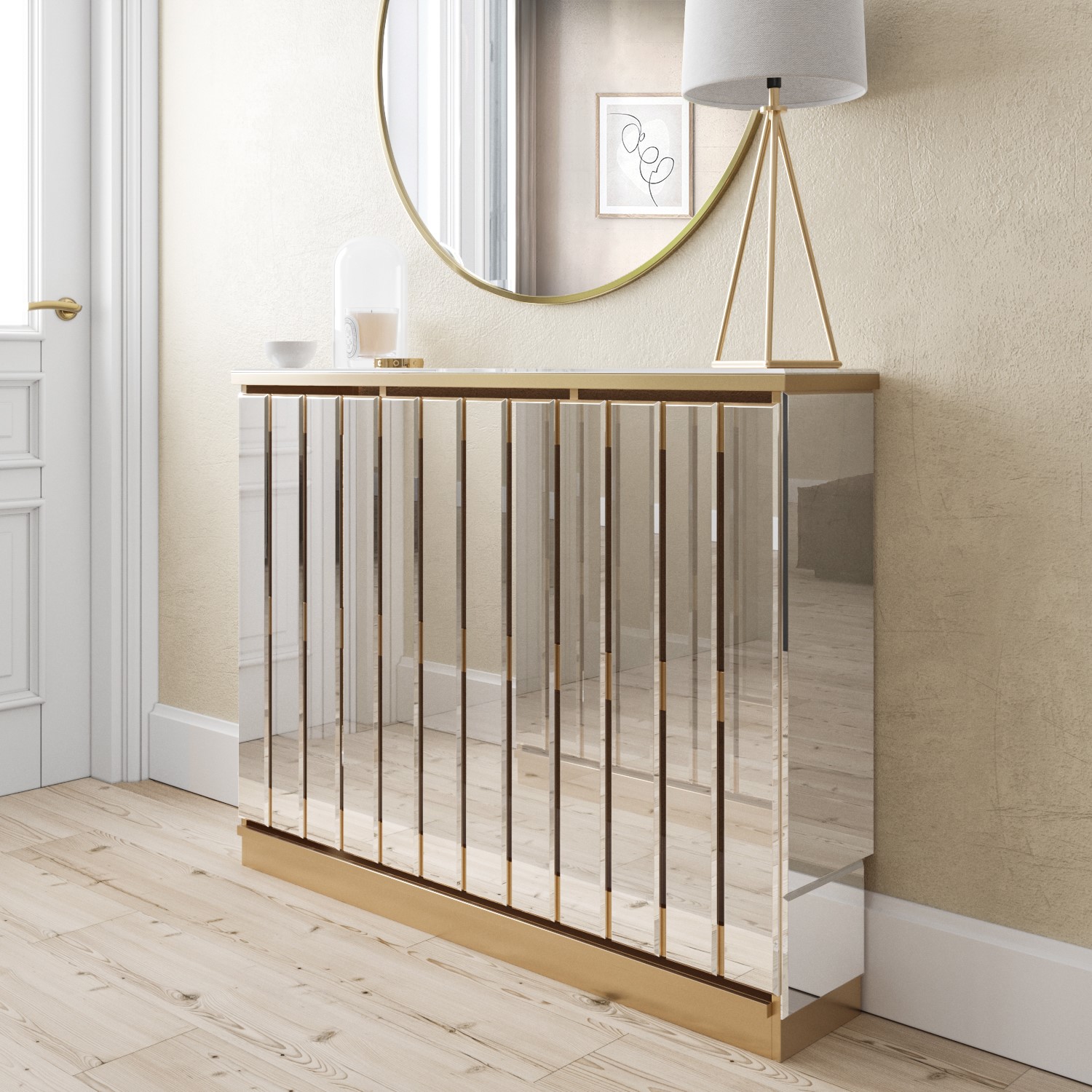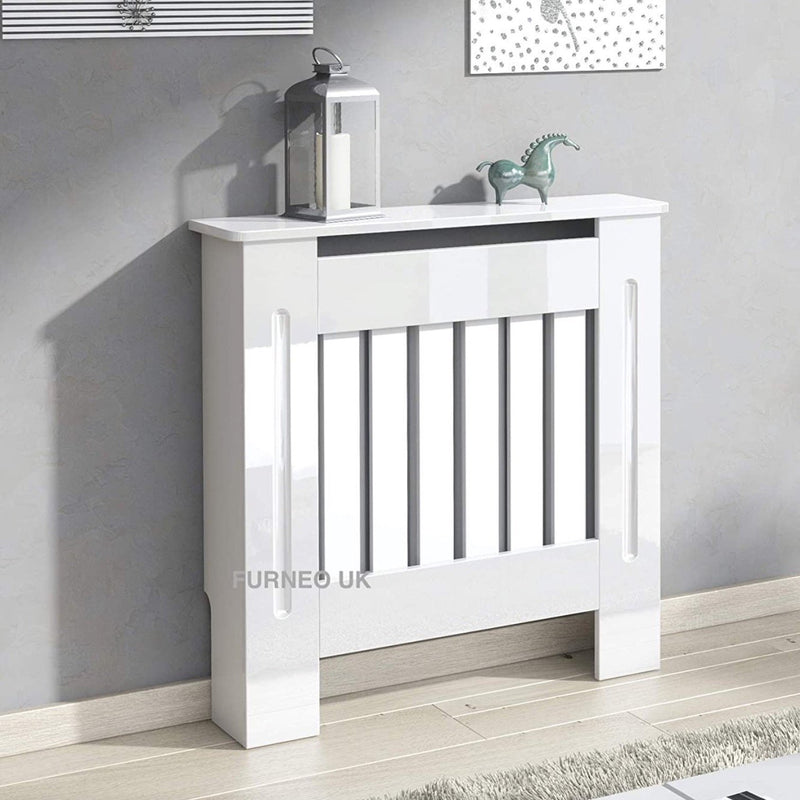How a Radiator Cover Can Boost Power Effectiveness in your house
How a Radiator Cover Can Boost Power Effectiveness in your house
Blog Article
Radiator Covers: Recognizing Products, Layouts, and Benefits
Radiator covers serve both aesthetic and practical functions within a home, supplying a variety of materials such as metal, mdf, and hardwood to suit different style preferences. Picking the ideal radiator cover entails understanding the nuances of products, layouts, and their connected benefits.
Kinds Of Materials


Wood covers, frequently crafted from woods such as oak or maple, offer a traditional, cozy look that complements traditional interiors. Their durability and capability to be discolored or repainted contribute to their convenience. Metal covers, typically made from steel or aluminum, are preferred for their toughness and modern look, often featuring streamlined lines that boost contemporary areas.
MDF, a produced timber item, is preferred for its cost-effectiveness and simplicity of customization. It can be painted or finished to match existing decoration while providing a smooth surface area. Plastic covers, while less common, are resistant and light-weight to moisture, making them ideal for moist environments.
Ultimately, the option of material for a radiator cover ought to align with the homeowner's style preferences, functional demands, and the particular environment where the cover will certainly be mounted. Each product provides a distinctive character, making certain that there is a choice to match every preference and setting.
Popular Style Styles
Stressing visual appeal, preferred style styles for radiator covers mirror a variety of preferences and indoor style trends. Typical layouts commonly feature complex woodwork and ornate outlining, making them suitable for timeless or vintage-inspired interiors. These covers generally include carved aspects, offering a warm and welcoming feeling to any kind of area.
In contrast, modern designs concentrate on minimalist aesthetics, characterized by clean lines and underrated elegance. Materials such as metal or sleek wood with a smooth finish are commonly used, permitting these covers to blend seamlessly right into contemporary areas. Industrial designs, on the other hand, accept raw products like subjected metal and concrete, adding a vibrant declaration to loft or metropolitan setups.
For those seeking a special touch, bespoke designs offer personalization options that deal with specific preferences, making it possible for property owners to choose colors, patterns, and materials that enhance their decor. Additionally, farmhouse-style covers integrate rustic elements, including distressed wood and easy forms that stimulate a comfortable, nation beauty.
Benefits of Radiator Covers
Radiator covers not just enhance the aesthetic appeal of an area however likewise offer numerous practical benefits that make them a worthwhile enhancement to any kind of home. One of the primary advantages is security, especially in houses with kids or family pets. Covers decrease the risk of burns from hot radiator surface areas, making certain a more secure environment.
Additionally, radiator covers can improve power effectiveness. By routing warm into the room instead of allowing it to escape, they help keep a regular temperature, minimizing heating prices in time. This is particularly advantageous in older homes where radiator systems might be much less effective.
Another noteworthy advantage is noise decrease. Radiators can occasionally produce undesirable sounds during procedure, and covers can assist muffle these sounds, adding to an extra serene living area. Furthermore, radiator covers can be functional, supplying extra storage or screen area, thereby optimizing the utility of often-overlooked areas.
Lastly, they can shield radiators from dirt and debris, which can impede effectiveness and increase maintenance needs. With these incorporated benefits, radiator covers become a useful option for improving both the performance and design of any type of home setting.
Installment Considerations
Mounting radiator covers needs mindful factor to consider to make sure both functionality and safety (Radiator cover). Initially, analyze the measurements of your radiator and the surrounding space to make certain a correct fit. Precise measurements are vital; an ill-fitting cover can block warmth circulation or produce safety dangers
Next, assess the product of the cover. While timber provides aesthetic charm, steel alternatives might give far better longevity and heat resistance. Think about the weight of the cover as well; much heavier covers may call for additional support or reinforcements to avoid drooping or damages gradually.
Ventilation is an additional crucial aspect. Covers need to feature appropriate airflow to stop getting too hot and maintain efficient heating. Try to find additional resources layouts with slats or openings that permit heat to distribute without blockage.
Furthermore, guarantee that the cover is securely installed to prevent accidents, specifically in homes with kids or pet dogs. Radiator cover. It's recommended to adhere to the maker's installment standards closely and, if needed, speak with an expert for intricate setups
Upkeep and Treatment Tips
Appropriate upkeep of radiator covers is crucial for ensuring their long life and optimum efficiency. For painted or timber covers, consider an ideal polish or protective covering to maintain their look.
Inspect the covers periodically for signs of wear or damage, such as cracks or peeling paint. Addressing these issues without delay can avoid additional damage. Make certain that the covers are safely secured and inspect for any type of loose screws or installations, as vibrations from the radiator can loosen them with time.
In chillier months, avoid positioning heavy items or ornamental products in addition to the radiator covers, as this can hinder warmth circulation and trigger unneeded anxiety to the framework. Think about seasonal upkeep by removing the covers for extensive cleaning and inspection during warmer months when the heating system is non-active. Taking on these basic care tips will certainly boost the efficiency and aesthetic allure of your radiator covers, guaranteeing they serve their purpose effectively for several years ahead.

Final Thought
In summary, radiator covers function as functional and visual enhancements to domestic spaces. The varied variety of products, consisting of hardwoods, plastic, metal, and mdf, permits alignment with different style styles such as conventional, modern, commercial, and farmhouse. The benefits of these covers extend past security and power performance to consist of additional storage space and dust defense. Mindful consideration of installment and maintenance more makes sure the long life and efficiency of radiator covers in any home setting.
Radiator covers serve both aesthetic and practical functions within a home, using a variety of materials such as mdf, hardwood, and steel to match various layout choices. Picking the best radiator cover involves understanding the nuances of products, layouts, and their connected advantages.Emphasizing view it visual appeal, prominent style styles for radiator covers reflect an array of tastes and indoor design patterns.Radiator covers not only enhance the visual appeal of a room but likewise supply several functional advantages that make them a worthwhile enhancement to any kind of home. Take into consideration the weight of the cover as well; heavier covers might my explanation require added support or supports to stay clear of sagging or damages over time.
Report this page